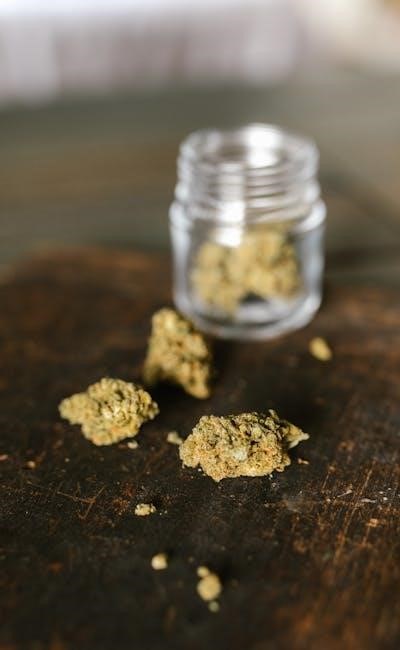
Cannabis, also known as marijuana, is experiencing increasing legalization and decriminalization globally. This shift necessitates a comprehensive understanding of responsible use, encompassing safety, health, and legal considerations. This guide aims to provide a reasoned overview for both new and experienced consumers.
Understanding Cannabis & Its Components
The cannabis plant contains over 100 terpenes and cannabinoids, with THC (tetrahydrocannabinol) and CBD (cannabidiol) being the most well-known. THC is primarily responsible for the psychoactive effects, while CBD is non-intoxicating and often associated with therapeutic benefits. Different strains – indica, sativa, and hybrid – offer varying effects due to their unique cannabinoid and terpene profiles. Understanding these differences is crucial for selecting a product suited to your needs.
Consumption Methods & Their Implications
Consumption methods significantly impact the onset, duration, and intensity of effects. These include:
- Edibles: Offer a delayed onset (30-90 minutes) and longer-lasting effects. Dosing is critical due to this delay; start low and go slow.
- Vaping: Provides a quicker onset than edibles, but effects are generally shorter-lived.
- Concentrates: Highly potent forms of cannabis requiring experienced users due to their high potency.
- Flower (Smoking): Traditional method with relatively quick onset.
Legal Landscape & Regulations
Laws surrounding cannabis vary significantly. Medical marijuana programs require physician recommendations, while recreational cannabis is legal in some jurisdictions for adults 21+. Always be aware of local regulations regarding possession limits, public consumption, and cultivation. Product labels should be carefully reviewed for cannabinoid content and warnings. Lab testing is essential to verify potency and ensure products are free from contaminants.
Safety & Health Considerations
While cannabis is generally considered less harmful than alcohol or tobacco, it’s not without risks.
- Impairment: Cannabis can impair cognitive function and motor skills, making activities like driving dangerous.
- Mental Health: Cannabis use can exacerbate existing anxiety or depression in some individuals.
- Addiction & Dependence: Regular, heavy use can lead to addiction and psychological dependence.
- Tolerance: Frequent use can lead to tolerance, requiring higher doses to achieve the same effects.
Protecting Vulnerable Individuals
Storage of cannabis products must be secure and inaccessible to children and pets. Accidental ingestion can be particularly harmful.
Harm Reduction & Responsible Practices
Responsible use centers around moderation. Start with a low dose and gradually increase it until you achieve the desired effect. Be mindful of your environment and avoid consumption in situations where impairment could be dangerous. Sourcing cannabis from a reputable dispensary ensures product quality and accurate labeling. Understanding the endocannabinoid system and how cannabis interacts with it can inform your choices.
Harm reduction strategies include:
- Staying hydrated.
- Avoiding mixing cannabis with alcohol or other drugs.
- Having a designated sober companion.
- Being aware of potential interactions with medications.
Cannabis Culture & Beyond
Cannabis culture is evolving, but responsible consumption should always be prioritized. Open communication, education, and a commitment to safety are essential as cannabis becomes more integrated into society. Further research is needed to fully understand the long-term effects of cannabis use.




I appreciate the clear and concise explanation of cannabinoids and terpenes. Many resources gloss over the nuances of indica, sativa, and hybrid strains, but this guide does a good job of highlighting the importance of understanding these differences. The point about lab testing for potency and contaminants is also extremely important – consumers deserve to know what they
This is a remarkably balanced and informative guide to cannabis. It avoids sensationalism and instead focuses on providing practical, reasoned advice for consumers of all levels of experience. The breakdown of consumption methods and their differing effects is particularly useful, and the emphasis on responsible dosing with edibles is crucial for safety. The inclusion of legal considerations is also vital, as regulations are constantly evolving. A genuinely helpful resource.